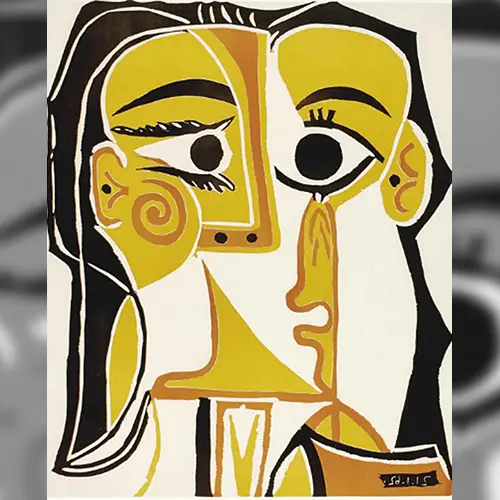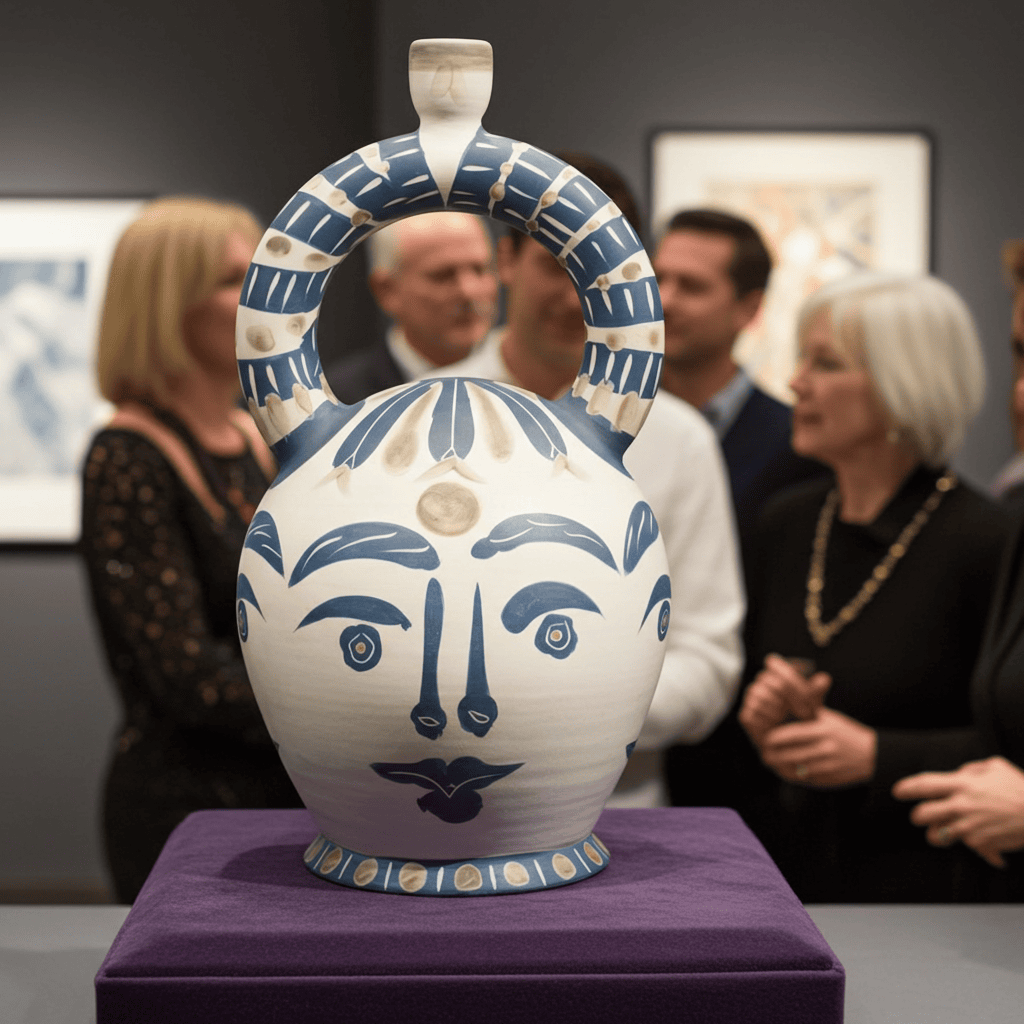In the summer of 1946, Pablo Picasso met Madoura potters Georges and Suzanne Ramie who presented him with the opportunity to create his now famous Picasso ceramics and pottery at the Madoura Pottery Studio. It was here that Picasso ceramics and pottery were experimented with and perfected as an artistic medium for Picasso, creating original works of varied shapes, colors, and sizes that convey a range of subjects and designs.
Delighted with the malleable nature of clay as a medium and the varied textural effects of the different patinas and glazes, Picasso ceramics and pottery were created in a multitude of forms such as plates, pitchers, plaques, and vases.
His imagery highlighted mythological and classical motifs and often included portraits, bullfighting, nature, and landscapes. Picasso ceramics and pottery were created between 1946-1948 with a few exceptions, creating unique ceramic pottery, as well as set editions, much as he would create his print editions. However, each work was cast and hand-painted at the Madoura studio and retains its own subtle charm.
After a long and prolific career, Picasso passed away on April 8, 1973 in Mougins, France, leaving behind a vast and extensive body of work that further validates his status as a brilliant artist and master. Loved and admired around the world, Picasso's artworks are a symbol of creativity and ingenuity. Ranging from paintings, ceramics, pottery, glass, lithographs, linocuts and etchings, everything Picasso created from Cubism to Modern Art inspired and influenced every artist who worked alongside him and after him.


